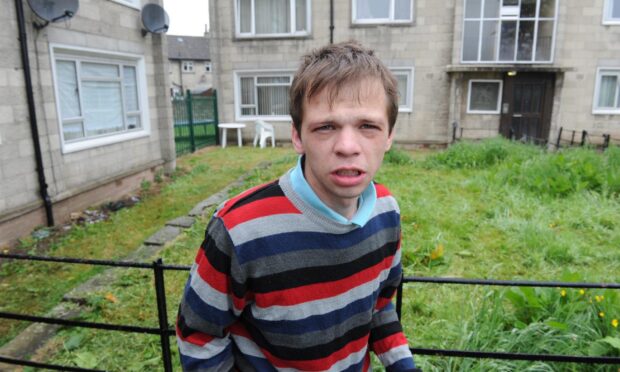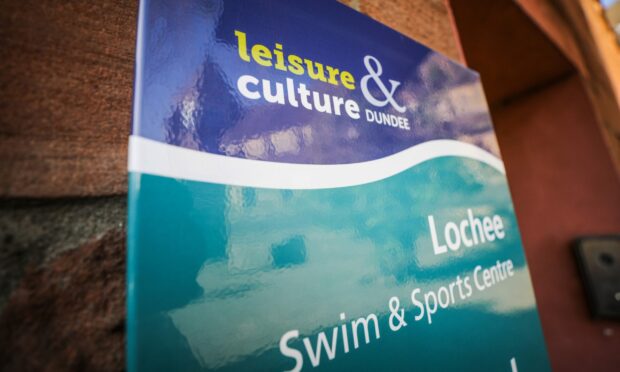Dundee-based experts have revealed which songs mums and dads should play to help get their baby to sleep.
Researchers at Dundee University looked into the effects of different styles of music on young children.
They found that happy and cheery songs help get newborns to sleep better than sadder and more downbeat tracks.
Happiest and saddest children’s songs
Babies were played a number of different songs that were deemed to be either happy, sad or neutral as part of the study.
They were also sent to sleep using no music as a comparison.
Before the study took place, a panel decided how happy and sad several children’s songs are.
French lullaby Fais Dod was deemed the saddest while German rhyme Das singende Känguru was ranked the happiest.
Classics such has Humpty Dumpty, Little Miss Muffet and Hey Diddle Diddle were placed somewhere in between.
The results showed that when babies listened to happy music, their heart rate decelerated, stress levels dropped, and the transition from drowsiness to sleep sped up.
Sadder music was found to be less effective at preventing stress signs such as toe curling and leg stretching.
When babies listened to no music, they also took longer to fall asleep and there were more stress signs.
Newborns ‘react to emotions in music’
Dr Emese Nagy, from the university’s phycology department, says the study changes perceptions around our relationship with music.
She said: “Music is often referred to as the language of emotions.
“People listen to music primarily because of its ability to arouse and regulate emotions.
“However, culture plays a major role in how we play and understand music.
“If culture shapes how we perceive music, newborns should not understand or react to emotions in it.
“Although evidence suggests that even babies respond to musical stimuli, the point where newborns accurately perceive the beat of music – that is when they start feeling emotions through music – has been unclear.
“Our results show that newborns do react to emotions in music, supporting the notion of a generic, possibly inborn, human musicality.”
The findings have been published in the Psychological Studies journal.












Conversation